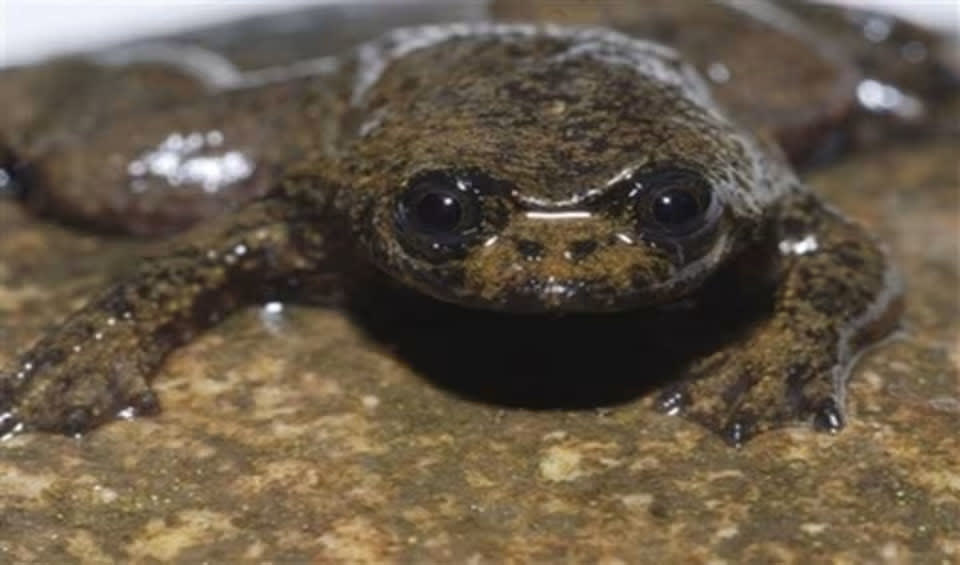Barbourula – Jungle toads
Small toads, native to the Philippines and Borneo
These nocturnal amphibians inhabit the subtropical and tropical lowland forests, swamps, riverbanks, and marshes of the Philippines and Borneo, where they lead a cryptic and predominantly nocturnal lifestyle.
Throughout the daytime hours, jungle toads seek refuge in burrows, leaf litter, or under logs, maintaining a concealed presence in their lush and often humid environments. This behavior allows them to evade predators and minimize exposure to harsh daytime conditions.
The genus Barbourula consists of only two known species: the Philippine flat-headed frog (Barbourula busuangensis) and the Bornean flat-headed frog (Barbourula kalimantanensis). These two species are remarkable not only for their secretive habits but also for their ancient evolutionary history. They diverged from other amphibians approximately 65 million years ago, a time frame that coincides with the extinction of dinosaurs. This remarkable evolutionary lineage showcases the longevity and adaptability of these unique frogs.
One of the most exceptional features of the Bornean flat-headed frog is its specialized respiratory system. Unlike most frogs, which rely on both lungs and cutaneous respiration (breathing through their skin), this species has completely lost its lungs. Instead, it relies exclusively on cutaneous respiration, absorbing oxygen directly through its skin. This remarkable adaptation allows it to thrive in its aquatic habitats and endure extended periods underwater. The Bornean flat-headed frog is the only known lungless frog, a distinctive characteristic that sets it apart from other amphibians and demonstrates the diversity of respiratory adaptations within the frog world.
Species in this genus
Bornean flat-headed frog
This squishy-looking creature is the only lungless species of frog in the world


